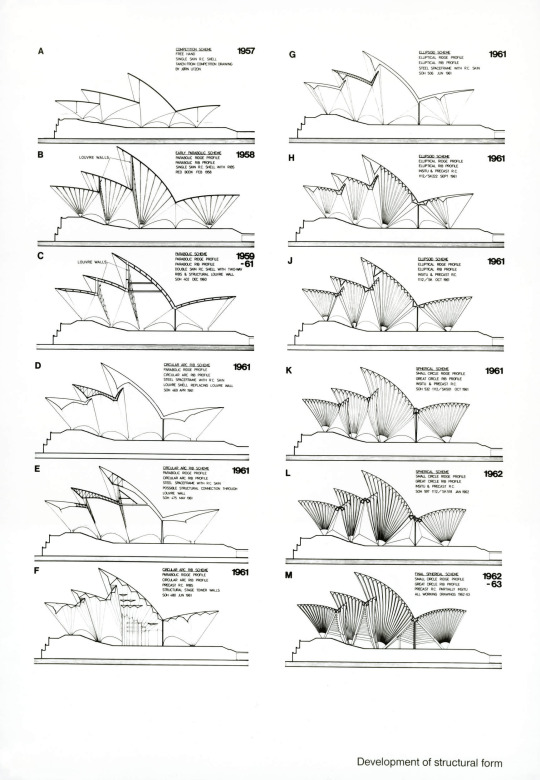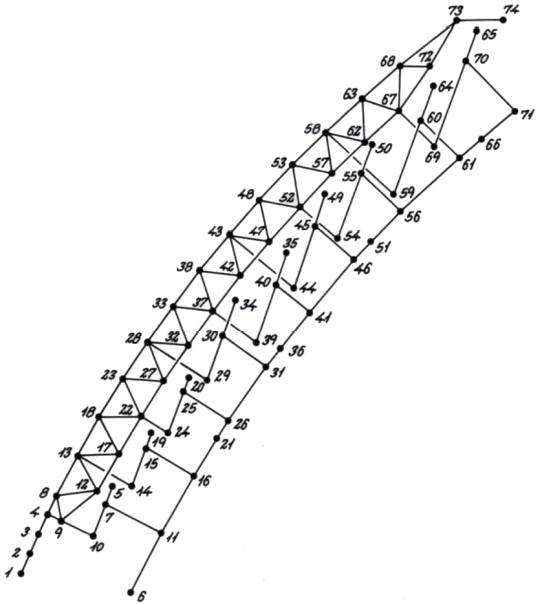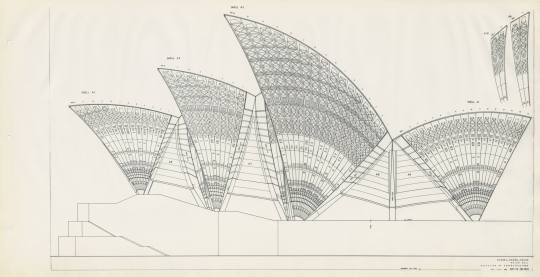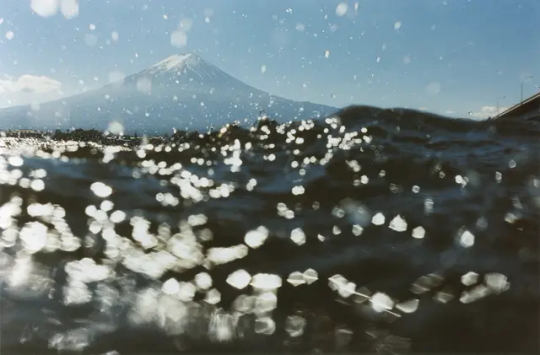The place Paul Mison puts the random stuff that doesn't go elsewhere.
Don't wanna be here? Send us removal request.
Text
I don’t think there’s a proper definition for what is classed as a moon. There should be.
Edward Ashton, lead researcher on a survey which discovered 128 new moons of Saturn, all '“irregular moons”, potato-shaped objects that are just a few kilometres across.'
Given the amount of fuss over the demotion of Pluto to dwarf planet, I'm looking forward to the drama if and when the IAU tries to figure out how to define a moon - and what happens when Phobos and Deimos fail to meet the cut, demoting Mars to having only minor moons.
(Alan Stern, who coined the "dwarf planet" designation, also suggested there should be a "satellite planet" group, which maps to the "planetary-mass moon" label. There are seven moons in the solar system more massive than Pluto, of which one, Titan, orbits Saturn.)
#quote#moon#saturn#astronomy#research#definitions#international astronomical union#pluto#dwarf planet#satellite planet#minor moon
1 note
·
View note
Text

Shell advert, 1936, with a painting by Tristram Hillier of Jezreel's Temple, Gillingham, Kent.
Shell's 1930s poster campaign has a lot of entries, but mostly they're pretty well known tourist attractions - or at least the sort of scenery you expect. This, on the other hand, looks something like a Borg cube, incongruously dropped into the Garden of England. Obviously, I went to Wikipedia.
The article uses the name Jezreel's Tower rather than Temple. It describes how a young British soldier in India took up the teachings of an earlier prophet, changed his name from James White to James Jershom Jezreel, and, on his return to England, decided to build a cubic home for his sect, based on a reading of Revelations. (In the end it wasn't quite as big or as regular as he wanted, but it was still over 35m to a side- quite a structure in the time before steel framed building become routine.)
Unfortunately for the sect, Jezreel died just four years after returning home; his wife, who took over, was only alive for another three. Even before her death, the costs of building the tower caused her - if an uncited passage on Wikipedia is to be believed - to turn the sect vegetarian, more for the savings in the cost of food than for any moral reason. In any case, the group was losing members, even before her death; and the tower was never finished.
However, it was at its full height - presumably, as with modern buildings, a lot of the internals were waiting for the outer shell - but also built well enough that it lasted until 1961, and even then removal was far from easy:
The demolition schedule of three months stretched into 13. Maurice Brown of the demolition firm told local newspaper the Kent Messenger: "The tower was like a fortress - very strong." He added that some of the 3m walls had almost defeated him in what he termed "the toughest of all the tough jobs"
Who knew? (People from Kent, probably.)
#photo#advert#shell#1930s#jezreel's temple#jezreel#sect#religion#kent#england#building#structure#history
0 notes
Photo
Hawaiian Air routes from a Chevron advertisement.

5 notes
·
View notes
Text
This advert is by Suzuki Hachirō, and the text is translated in the paper "The 1968 Social Uprising and Advertising Design in Japan: The Work of Ishioka Eiko and Suzuki Hachirō" by Ory Bartal:
Women should be mad at advertisements of photocopy machines that show only female models.
While men are used in computer advertisements, women are often used in advertisements for photocopy machines, as if women are just accessories. Copying is a tedious job, so it is a job given to women. While most of our work at Xerox is to copy, we do not concur with this. We are sorry that we have created such advertisements in the past [….] Not because Xerox is feminist, but because we believe that it is not at all strange for a president or a manager to make copies himself. Sometimes this is more efficient, and we know that women can do more than just photocopying. This is the whole story. We live in a male-dominated society: men create, men engage in politics, men make advertisements. This makes women angry. Before you too get angry about what is being said in the name of Women's Lib, we here at Xerox suggest: Let's think about each other. Xerox has made all office work, from copying to collating, fast and automatic to benefit the use of our surplus time.

XEROX, 1970AD
109 notes
·
View notes
Text


Posters by French typeface and graphic designer Roger Excoffon, 1910-1983: Rails, TGV.
11 notes
·
View notes
Photo






PALT Airport System – Ikarus PALT (passenger and luggage together), an experimental design project started in 1982 to allow smoother transfer of passengers from the city to the airplane. It had both customs and check-in/out facilities to handle the process en-route.
A few other prototypes (695.01, 695.02, 692.03) were built, but the project was abandoned in 1986.
(via)
#image#reblog#palt#bus#airport#diagram#illustration#1980s#design#architecture#ikarus#buses#typography
116 notes
·
View notes
Text






Boeing advertising, 1950s (?), from the album sspaper ads posted to Flickr by bustbright. Indirectly via dinosaurspen.
Direct links: 1 2 3 4 5 6
1 note
·
View note
Text
I think we should also look at the stories we tell ourselves about how to solve systemic problems. In Hollywood, it’s the lone-wolf vigilante or rogue C.I.A. agent who breaks the rules, takes revenge and makes things better. People are naturally drawn to a character they can cheer for, rather than analyses of power and policy and prolonged slogs to change how the system works.
Zeynep Tufecki in a New York Times conversation on the killing of the UnitedHealthcare chief executive, and the public reaction to it.
Posted because: I would love there to be more films (hell, written fiction!) about systems not people, but the former is hard to dramatise while the latter is a long-standing form of storytelling.
Via kottke (also the source of the article gift link).
#quote#zeynep tufecki#new york times#hollywood#storytelling#vigilantes#luigi mangione#united healthcare#brian thompson#systems#infrastructure#narratives
27 notes
·
View notes
Text
Embarcadero Center, San Francisco, by John Moses Bauan.
Although the photo was posted in September, I suspect it was taken during the Thanksgiving to New Year period, when the buildings are lit with a series of light bulbs (not neon). It is odd not to see the verticals lights also lit, so maybe this was a special occasion?
The photograph is also heavily colour graded, by the way. Don't expect it to look like this in real life, even on a foggy night.

407 notes
·
View notes
Text
I took Caltrain for the first time in years this week. The electric service is a huge improvement, not just from the faster and quieter trains, but also from the scheduling.
The diesel-hauled locomotive service only had one train every hour off-peak and at weekends. The new electric service has two, and they're every half hour- so it's easy to remember when the trains leave (especially for 22nd Street in San Francisco, heading southbound, where those times are :00 and :30).
There are also power sockets at each seat, which was useful when I realised I hadn't charged my phone before heading out.
One final note: the electrification effort for the Caltrain line is deeply connected to California's High Speed Rail project. I could (and perhaps should) write more about my complicated feelings about it, but I would much rather the state were trying to build it than not, and this is a concrete achievement that should be celebrated as part of that effort.



Caltrain is the commuter rail line on the San Francisco – started full electric service last month.
This is a huge deal because it cuts the travel time between San Francisco and San José (the 17th and 13th largest cities in the US by population) by 25%.
A local train making all stops went from 100 to 75 minutes, limited stops trains to a little over an hour and peak hour express trains from 75 to 59. It's by the slimmest margin, but it took an incredible amount of work to get to "under an hour."
The new trains are called "electrical multiple units" (abbreviated "EMU") and a lot of that speed up is due to the fact every wheel is motorized, and the all start and stop together instead of getting jerked around from the pushing and pulling of the locomotive at the end.
231 notes
·
View notes
Text


Björk on benches- two photographs by Kevin Cummins. Top: San Francisco, August 16, 1988. Bottom: Primrose Hill, London, April 1993.
Here's a bonus second image from the Primrose Hill shoot.
I'm curious which exact San Francisco park this is. My guess is the Presidio, but it might also be Bernal Hill. The background trees aren't really enough to give it away, and although Getty Images have a colour picture from the same shoot, that doesn't really add anything.
#image#kevin cummins#björk#bench#park#primrose hill#london#san francisco#the sugarcubes#photography#bjork
4 notes
·
View notes
Text

An Airbus 380 and Boeing 747, from Tom Hagen's Lockdown Series, later a book called simply Airports:
During the lockdown time in March, April and May, I took photographs of the largest German Airports and their resting runways. It was a historic moment and a unique opportunity to get these images.
2 notes
·
View notes
Text

An untitled image from Frankfurt Airport, April 2020 by Marc Krause, as featured in Hunger Magazine.
#image#photograph#reflection#frankfurt airport#people mover#transport#glass#photography#marc krause#verlag kettler
1 note
·
View note
Text


Two illustrations from the story "Who Controls Cyberspace", by Frank Broughton, in i-D Magazine issue 136, January 1995, "the future issue".
Scans via PaperPosts by Murray Grigo-McMahon.
2 notes
·
View notes
Text





The five figures from Sydney Opera House 50 years on, a retrospective on its fiftieth anniversary by Peter Debney for The Institution of Structural Engineers.
I hadn't realised how much the engineering design of the SOH involved "electronic digital computers" (as the article says, it has to use the term to "differentiate the work from human and analogue computers"). In fact, the software used internally at Arup started to be sold externally three years after the completion of the building, and the piece's author works for the software company.
Once more quoting from the article: "The SOH kickstarted the digital revolution in structural engineering."
#image#diagrams#engineering#sydney opera house#arup#ove arup#jørn utzon#computing#architecture#structural engineering#isometric view#join the dots
2 notes
·
View notes
Text

Kawaguchiko by Asako Narahashi.
From the series half awake and half asleep in the water, 2003. Seen on the Guardian's gallery 70 years of Japanese female photographers – in pictures.
22 notes
·
View notes
Text
Speed Racer and Solidarity
Or: the Wachowskis vs the World
With the Criterion release of the Wachowski's debut film, Bound, came an essay by McKenzie Wark: Bound: Be Gay, Do Crime. In it, Wark writes
The Wachowskis’ cinema never asks us to believe in the restoration of order to the world. It’s the world itself that’s wrong, that’s false, in its totality. Their cinema never asks us to make femininity the scapegoat for the falseness of the world. Theirs is a cinema of the art of surviving the wrong and the false, by any means necessary.

Later, they go on to examine how this continues in their following films, including their unfairly reviewed science fiction epic:
This is not a cinema where a minor wrong has to be redressed to restore law, order, and harmony. In Jupiter Ascending (2015), we will get an entire universe based on extraction and exploitation, and a heroine who saves just a single planet from it.
However, in examining the themes of falseness, reconciliation, and solidarity, Wark barely mentions The Matrix series, and skips perhaps the starkest example of this themes in one of their mainly overlooked works: Speed Racer (2008).
Told in a style that's a dizzying montage-plus from the start, with skips and loops in space and time as dramatic as those on the courses (like Fuji's impossible loop-the-loop), the central plot of Speed Racer is appropriately simple for a work based on a manga (and anime). The Racer family lives for automotive competition, plucky independents who still score wins. Up-and-coming middle child Speed scores a famous victory at his home-town circuit, and is then courted by E.P. Royalton, head of Royalton Industries.
During this, Royalton makes clear to Speed that the entire sport is rotten. The famous races of the past which the Racer family find almost mythical? Fixed, just to cause profits from stock manipulation- "sending Iodyne into the gains record book, the only record book that matters. … That's what racing is about - all that matters is power, and the unassailable might of money."

Speed is horrified, and rejects a deal, but Royalton's power is proved in subsequent events. After much racing and intrigue, though - and this is maybe a spoiler - Speed and his allies finally get the win at the Grand Prix, allowing them to prove Royalton's corruption, bringing the sport back to its ideals (or at least, saving the Racer team and family).
Perhaps Wark isn't as much of a fan of the hypersaturated, admittedly cartoony, CGI festival as I am (although it seems I'm not alone), but the film fits their argument as well as the rest of their work. Now, when's the Criterion Edition of Speed Racer coming out?
#post#movie#wachowskis#speed racer#mckenzie wark#essay#solidarity#world racing league#a.p. royalton#jennifer tilly#roger allam#criterion
2 notes
·
View notes